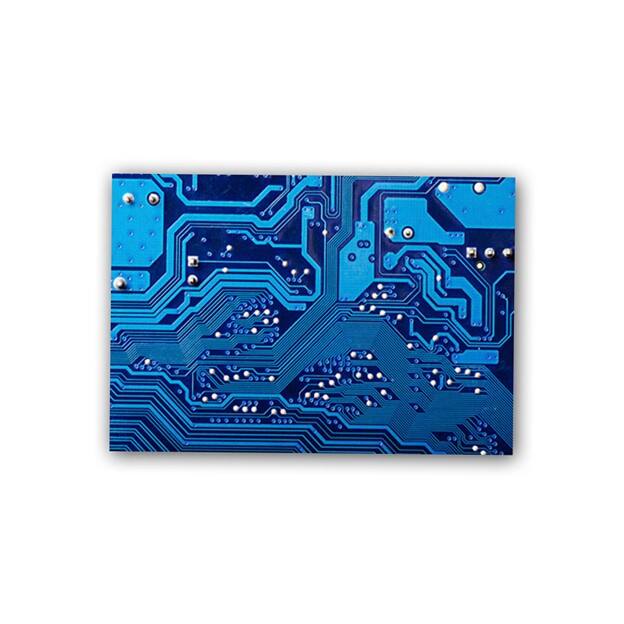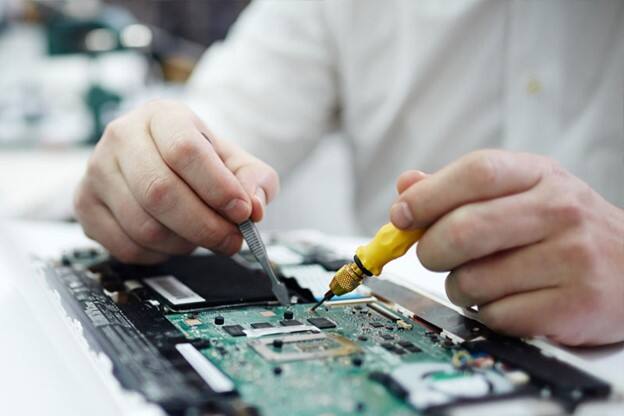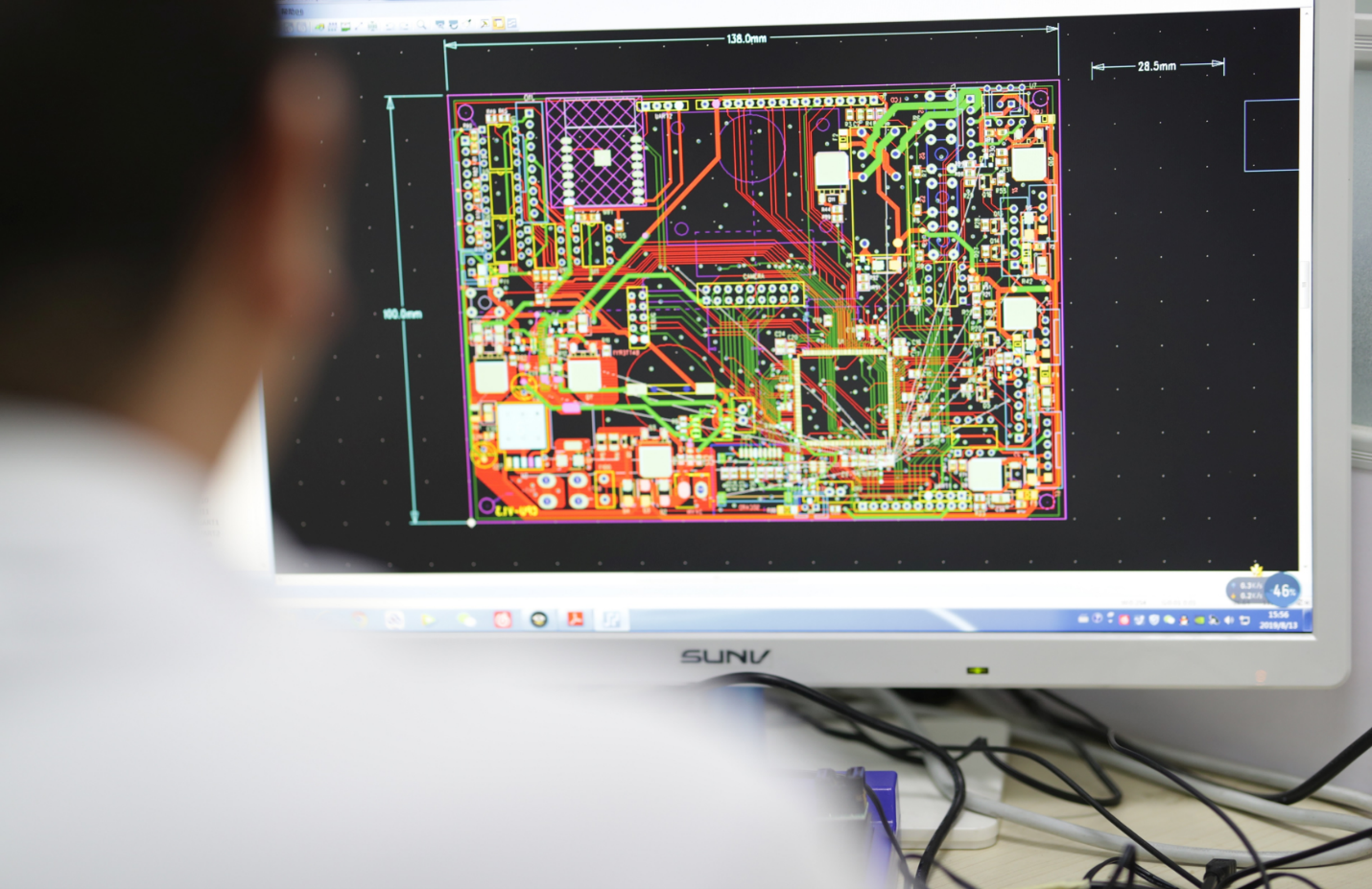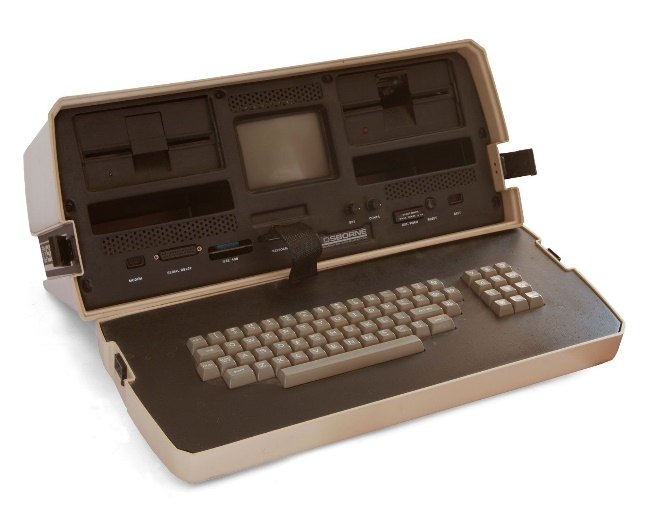The Art and Science of Electronic Design: Pioneering Innovation in the Digital Age
In the age of technology, where every facet of our lives is interwoven with electronic devices, the art of electronic design holds an irreplaceable role. Electronic design is the alchemy that transforms concepts into tangible reality, and at its core lies the heart of innovation: PCB design and PCB assembly. In this article, we'll embark on a journey through the fascinating world of electronic design, exploring its myriad needs, its profound impact on various industries, and how it shapes our technologically driven future.

The Foundation of Innovation: PCB Design
Behind every electronic device we use, there's a printed circuit board (PCB) that serves as the electronic backbone. PCB design is where it all begins, and the need for innovation and precision here is paramount.

PCB design starts with a concept, a vision of what an electronic device should be. Designers use specialized software to translate this vision into a digital blueprint. This process involves arranging components, creating intricate pathways for electrical signals, and ensuring every element fits seamlessly onto the board.

The significance of PCB design spans across industries, from consumer electronics to aerospace and healthcare. In the world of consumer electronics, sleek and compact PCB designs allow for slim smartphones and powerful laptops. In healthcare, PCBs power life-saving medical devices. In aerospace, they control intricate avionics systems. Each sector has unique needs, but all rely on the art of PCB design to fuel innovation.
Precision and Performance: PCB Assembly
Once the PCB design is finalized, the next critical step is PCB assembly. This is where electronic components come to life, and the need for precision and expertise is unrivaled.
PCB assembly involves populating the PCB with electronic components, which can range from microchips and resistors to connectors and capacitors. It's a symphony of automation and skilled labor that transforms a static design into a dynamic, functional entity.
The assembly process can be manual or automated, depending on the complexity of the design and the scale of production. In either case, the goal is the same: to ensure that every component is placed with surgical precision, and every solder joint is flawless.
Meeting Varied Industry Needs
The beauty of electronic design, PCB design, and assembly is their adaptability to meet the diverse needs of various industries. Let's explore how electronic design impacts some key sectors:
a. Medical Industry: In healthcare, electronic design enables the creation of sophisticated medical devices, from patient monitors to MRI machines. These devices rely on precision and reliability to save lives.
b. Automotive Sector: The automotive industry is undergoing a digital transformation, with electronic design at its core. From autonomous vehicles to advanced infotainment systems, electronics play a pivotal role in enhancing safety and driving experience.
c. Aerospace and Defense: In aerospace and defense, electronic design ensures the reliability and performance of avionics, communication systems, and navigation equipment, crucial for both civilian and military applications.
d. Consumer Electronics: In our daily lives, we are surrounded by electronic devices like smartphones, smartwatches, and laptops. PCB design and assembly make these devices sleek, powerful, and functional.
The Challenges of Miniaturization
As technology advances, the demand for smaller, more powerful electronic devices grows. Miniaturization is one of the greatest challenges in electronic design, and it's where the art truly shines.


Designers are constantly pushing the boundaries of what's possible. Smaller components, tighter tolerances, and increased complexity require an exquisite balance between precision and innovation.
The Role of Sustainability
As the world becomes more conscious of environmental impact, sustainability is a crucial consideration in electronic design.
Designers are exploring ways to reduce electronic waste, increase the lifespan of devices, and minimize the use of harmful materials. This shift toward eco-friendly electronic design is driving innovation and shaping the industry's future.
The Future of Electronic Design
In a world where technology evolves at breakneck speed, the future of electronic design is filled with exciting possibilities.

Emerging technologies like quantum computing, 5G, and the Internet of Things (IoT) will usher in a new era of electronic design. From supercomputers that can tackle complex global challenges to interconnected devices that enhance our daily lives, electronic design will continue to be at the forefront of innovation.
Electronic design, PCB design, and assembly are the unsung heroes behind the technology we rely on every day. From the moment a concept takes shape on a screen to the meticulous assembly of components, it's a journey of precision, innovation, and artistry. Electronic design touches every aspect of our lives, from healthcare to transportation and beyond.
As we look to the future, the electronic design industry will continue to evolve, driven by the ever-expanding possibilities of technology and the imperative of sustainability. It's a world where imagination knows no bounds, and where the art of electronic design continues to shape the course of human progress, one circuit at a time.


 EN
EN








































 ONLINE
ONLINE